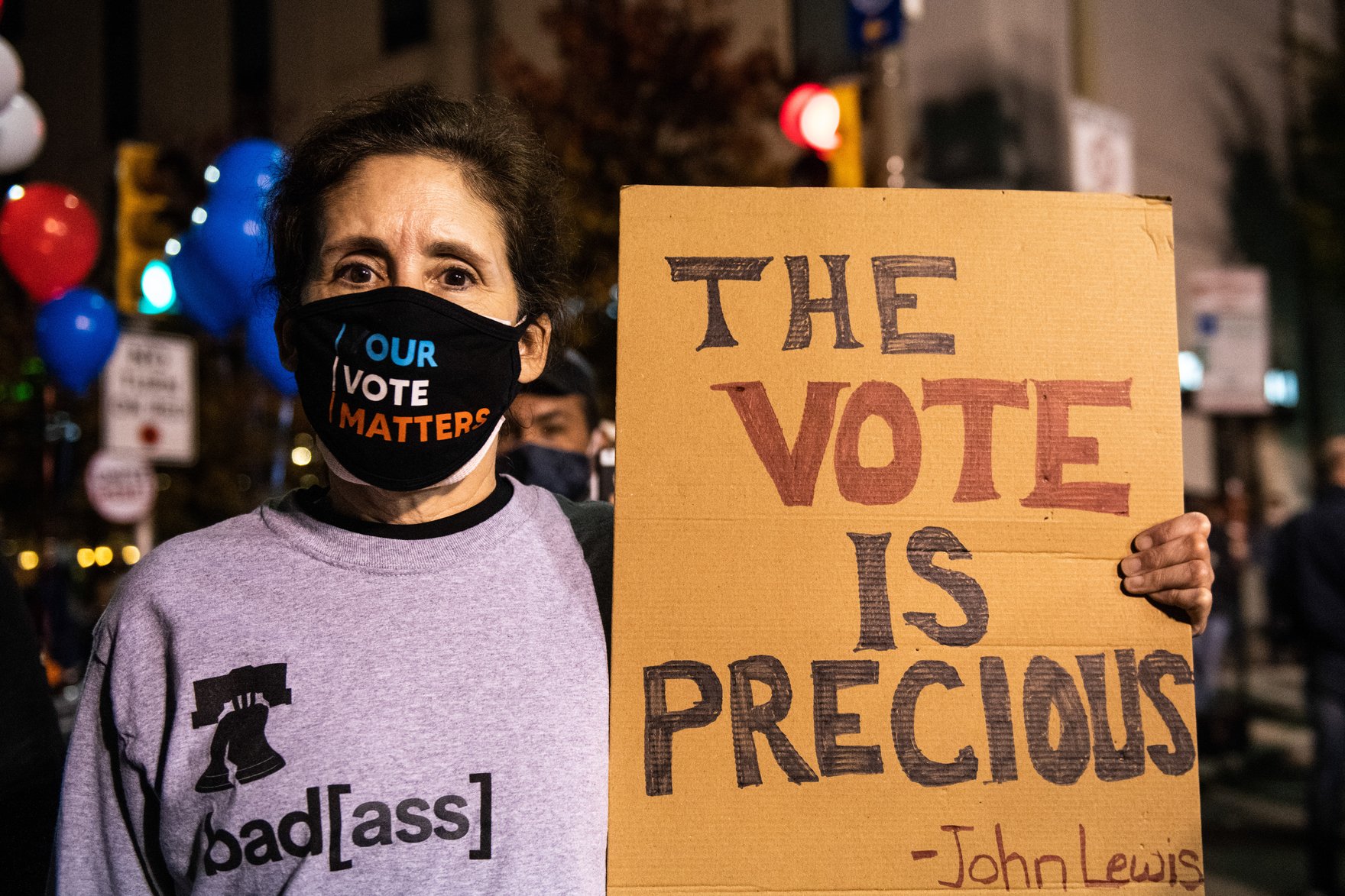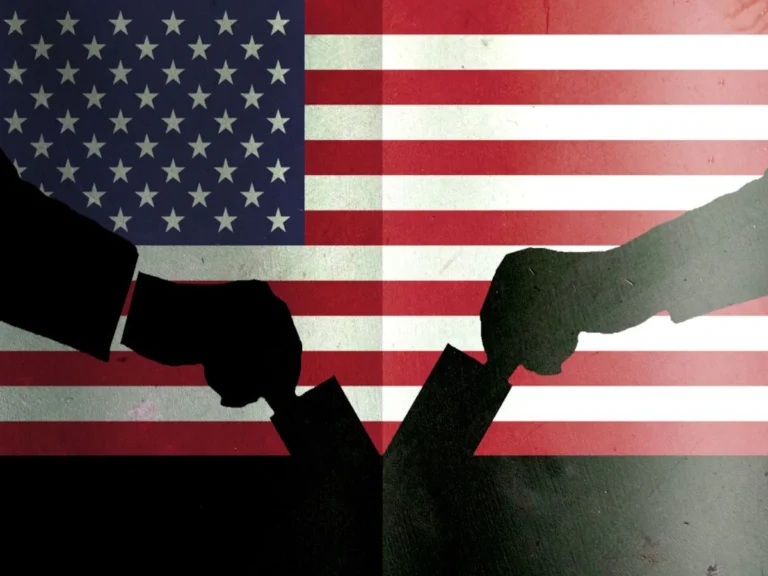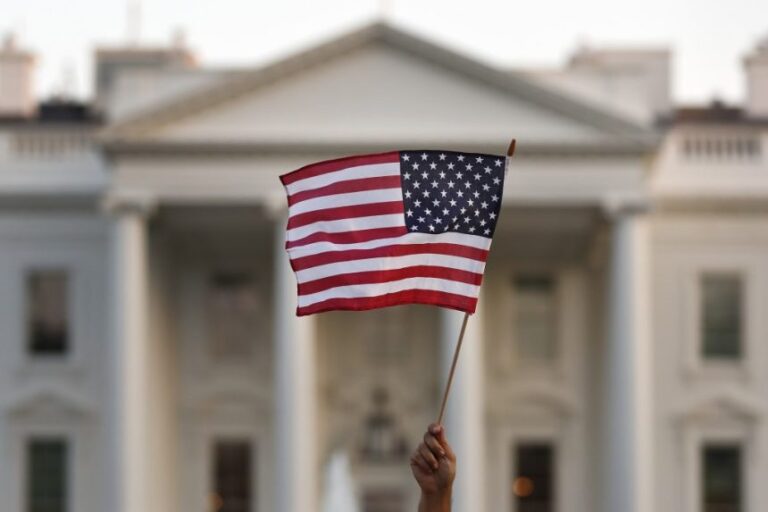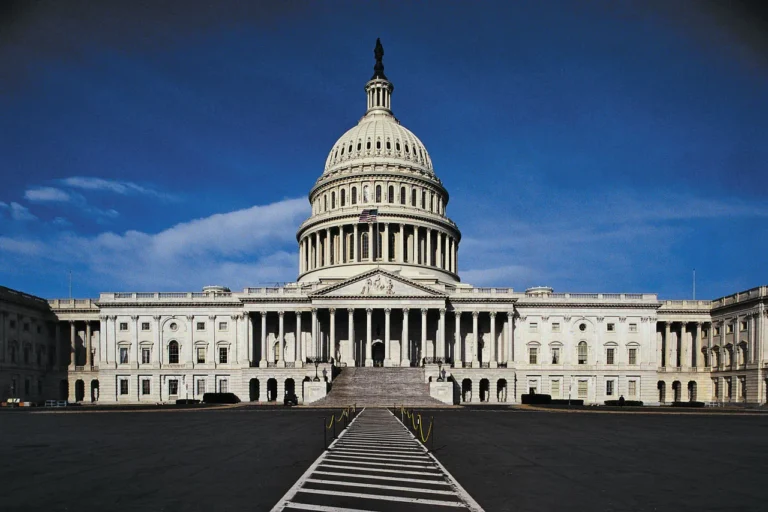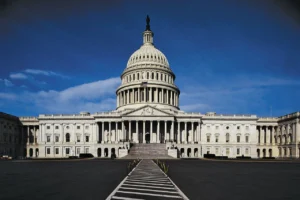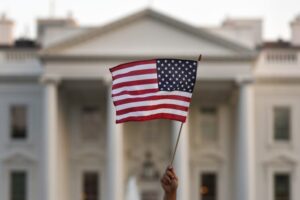In today’s digital age, social media has become an integral part of political campaigning. Politicians are increasingly using platforms like Twitter, Facebook, Instagram, and TikTok to connect with voters, share their messages, and rally support. But while social media offers unparalleled opportunities for engagement, it also presents challenges, including misinformation, online polarization, and ethical concerns. In this blog, we explore the impact of social media on modern political campaigns and examine whether it’s ultimately a blessing or a curse for democracy.
1. Direct Access to Voters
One of the most powerful aspects of social media is its ability to allow politicians to communicate directly with voters. In the past, politicians had to rely on traditional media—television, radio, and newspapers—to get their messages out. Today, however, platforms like Twitter and Facebook allow candidates to bypass the media gatekeepers and speak directly to their constituents. This provides a more personal, unfiltered interaction that can help build trust and loyalty with voters.
During the 2016 and 2020 elections, Donald Trump and Bernie Sanders both used social media platforms effectively to build grassroots movements and mobilize voters. Trump’s use of Twitter to make bold statements, attack opponents, and rally his base has become legendary, while Sanders tapped into younger voters through social media platforms like Instagram and Reddit. These direct connections helped shape political discourse and bring issues to the forefront that might otherwise have been ignored.
2. The Spread of Misinformation
However, the speed and reach of social media have also given rise to serious problems, particularly the spread of misinformation and disinformation. False narratives, conspiracy theories, and fake news can spread rapidly on social media platforms, often outpacing fact-checking efforts. In the lead-up to the 2020 election, both Russian interference and domestic misinformation campaigns sowed division, promoted extremist views, and undermined trust in the electoral process.
For instance, the spread of unfounded claims about voter fraud in the 2020 election was amplified by social media. While these claims were debunked by multiple sources, the sheer volume of misinformation led to widespread doubt about the legitimacy of the election, contributing to the January 6th Capitol insurrection. This shows the dark side of social media’s power and its ability to distort public perceptions.
3. Political Polarization and Echo Chambers
Social media can also contribute to political polarization by creating echo chambers, where users are exposed only to content that reinforces their preexisting beliefs. The algorithms that power platforms like Facebook and Twitter prioritize content that generates engagement, which often means sensational, partisan, or extreme views are amplified. This can create an environment where users become more entrenched in their ideological bubbles, further dividing the political landscape.
The effects of polarization are especially visible in the U.S., where voters are increasingly divided along partisan lines. This division is often exacerbated by targeted political ads and the spread of divisive rhetoric on social media platforms. It becomes difficult to have productive, cross-party conversations when social media fuels animosity and distrust between groups.
4. Targeted Advertising and Micro-Targeting
Political campaigns today rely heavily on data analytics to reach voters with highly targeted ads. Social media platforms allow campaigns to collect vast amounts of personal data—based on users’ behaviors, interests, and demographics—to craft messages tailored to individual voters. This is known as micro-targeting.
While this allows campaigns to deliver specific messages to key voting blocks, it also raises concerns about privacy, manipulation, and voter fatigue. The Cambridge Analytica scandal, in which data from millions of Facebook users was harvested to influence political campaigns, brought these issues into the spotlight. Critics argue that micro-targeting can manipulate voters by using psychological tactics to exploit their fears or desires, undermining the democratic process.
5. Social Media and Political Activism
On the positive side, social media has given rise to new forms of political activism. Movements like Black Lives Matter, #MeToo, and March for Our Lives have used social media platforms to spread awareness, organize protests, and mobilize millions of people. Social media has empowered marginalized groups and provided a platform for voices that might otherwise go unheard.
These movements have shown that social media can be a tool for positive change, giving people the ability to challenge authority, demand accountability, and advocate for social justice. The 2017 Women’s March in Washington D.C. was organized largely through social media, bringing together one of the largest protests in U.S. history.
Conclusion: A Double-Edged Sword
The impact of social media on political campaigns is undeniably significant. It offers unparalleled opportunities for voter engagement, grassroots organizing, and political activism. However, it also presents challenges, from the spread of misinformation to the amplification of polarization. As social media continues to shape the political landscape, both politicians and voters must navigate its complexities carefully. Ultimately, social media is a tool, and like any tool, it can be used for both positive and negative ends.

